Single cobalt atoms have been positioned in nitrogen-doped graphene to catalytically produce hydrogen from water almost as effectively as using vastly more expensive platinum catalysts.
Generating hydrogen with single atom catalysts
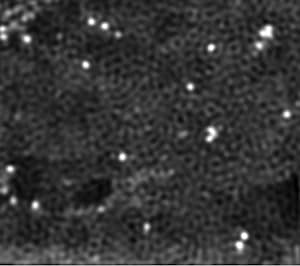

Single cobalt atoms have been positioned in nitrogen-doped graphene to catalytically produce hydrogen from water almost as effectively as using vastly more expensive platinum catalysts.
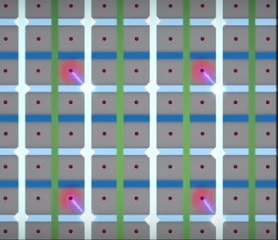
Building on previous work on single atom transistors and single atom qubits, Australian researchers have incorporated a quantum error correction code to make possible a scalable 3D silicon chip architecture that could lead to operational quantum computers.

Independent rotation of two wheels attached to either end of an axle has been achieved in a light-driven artificial molecular motor, suggesting a basis for a nanometer-scale transport system.
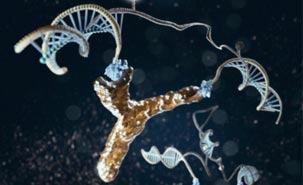
DNA nanotechnology produces an artificial molecular machine that changes shape when it encounters a specific antibody or other protein molecule, and emits light to signal the target’s presence.
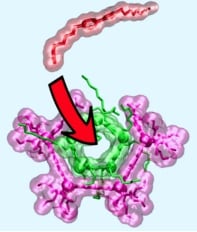
A novel application of supramolecular chemistry allows molecules to join in only one direction, providing a new way to control the shape of large molecules.
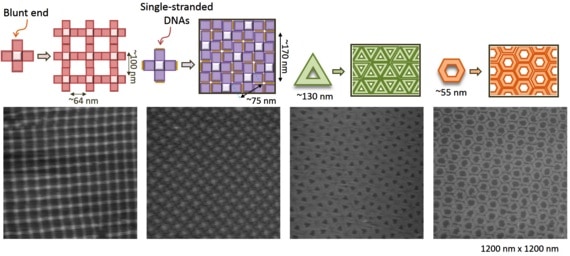
A lipid bilayer supported by a mica surface assisted the mobile self-assembly of DNA nanostructures of various shapes into micrometer-scale 2D lattices.
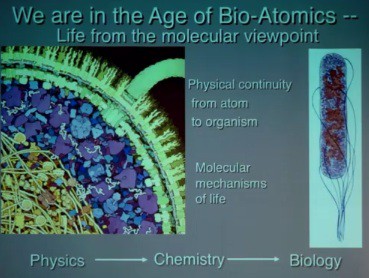
Prof. Art Olson discussed how we understand what we cannot see directly, how we integrate data from different sources, and how to develop software tools to move forward.
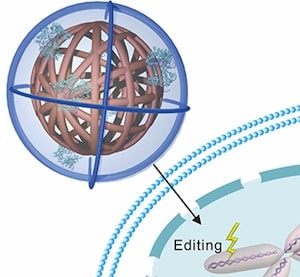
Hijacking a viral method of replicating circular genomes, ball-of-yarn-like DNA clews are used to transport the protein and guide RNA molecules needed for gene editing into the cell nucleus.
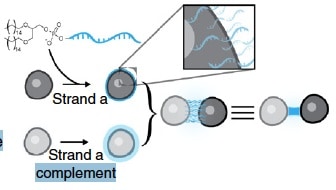
DNA strands decorating cell membranes like ‘Velcro’ program the adhesion of cells to other cells or to extracellular matrices to build tiny tissue models.
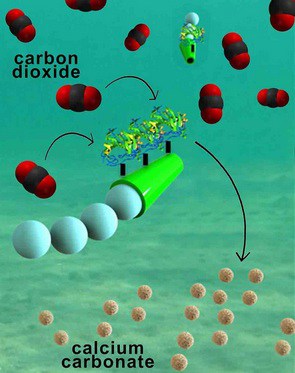
A micromotor covered with the enzyme carbonic anhydrase zips through water rapidly converting dissolved carbon dioxide to the bicarbonate ion, which can then be precipitated as calcium carbonate.